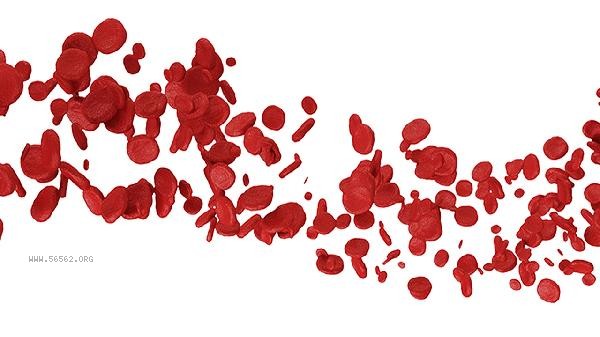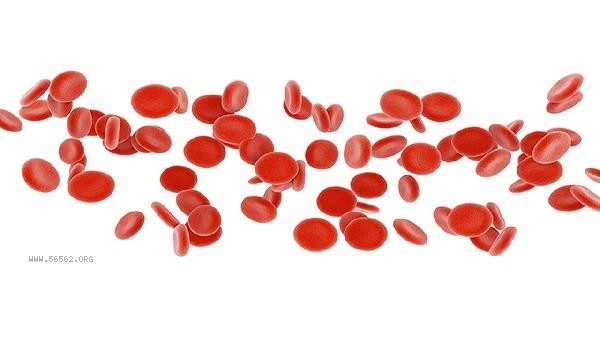ESR (erythrocyte sedimentation rate) is a commonly used inflammatory indicator in clinical practice, which refers to the number of millimeters of red blood cell sedimentation after one hour of anticoagulation. There are three main methods for detecting ESR: Weibull's method, microcalorimetry, and automatic analyzer method.

1. Weiss method:
The standard method recommended by the International Committee for Standardization of Hematology uses a 200mm long glass tube, anticoagulated whole blood with 3.8% sodium citrate, and vertically stands at room temperature for one hour to read the results. This method is simple to operate but time-consuming, and is susceptible to interference from factors such as temperature and tube inclination. Currently, it is still the gold standard for inter laboratory result comparison.
2. Micro method:

Use capillary tubes to collect peripheral blood, and read the height of the red blood cell column after micro centrifugation. Suitable for children or people with blood collection difficulties, the testing time is shortened to 20 minutes, but the stability of the results is slightly worse than traditional methods and requires calibration with quality control products.
3. Automatic analyzer method:
is the mainstream detection method in modern laboratories, which monitors the aggregation status of red blood cells in real time through photoelectric induction and can complete batch detection within 30 minutes. It has the advantages of good repeatability and high efficiency, but the equipment cost is high and requires regular methodological validation.

Red blood cell sedimentation rate testing requires fasting blood collection to avoid immediate examination after intense exercise. The interpretation of the results should be combined with inflammatory indicators such as C-reactive protein. physiological elevation may occur in women during menstruation and mid to late pregnancy. Elderly people are advised to undergo annual physical examinations and monitoring. Patients with rheumatic and immune diseases should follow medical advice for regular check ups, and pay attention to accompanying symptoms such as joint swelling and pain, persistent low-grade fever, etc. on a daily basis.








Comments (0)
Leave a Comment
No comments yet
Be the first to share your thoughts!